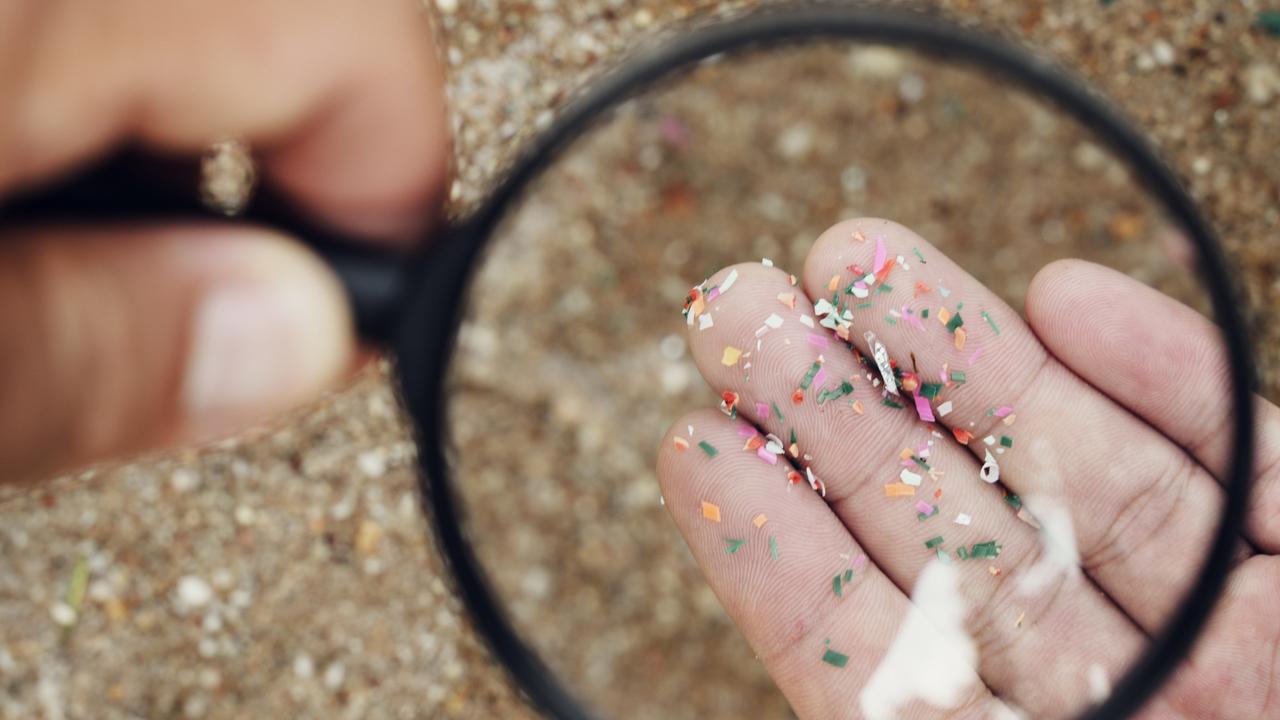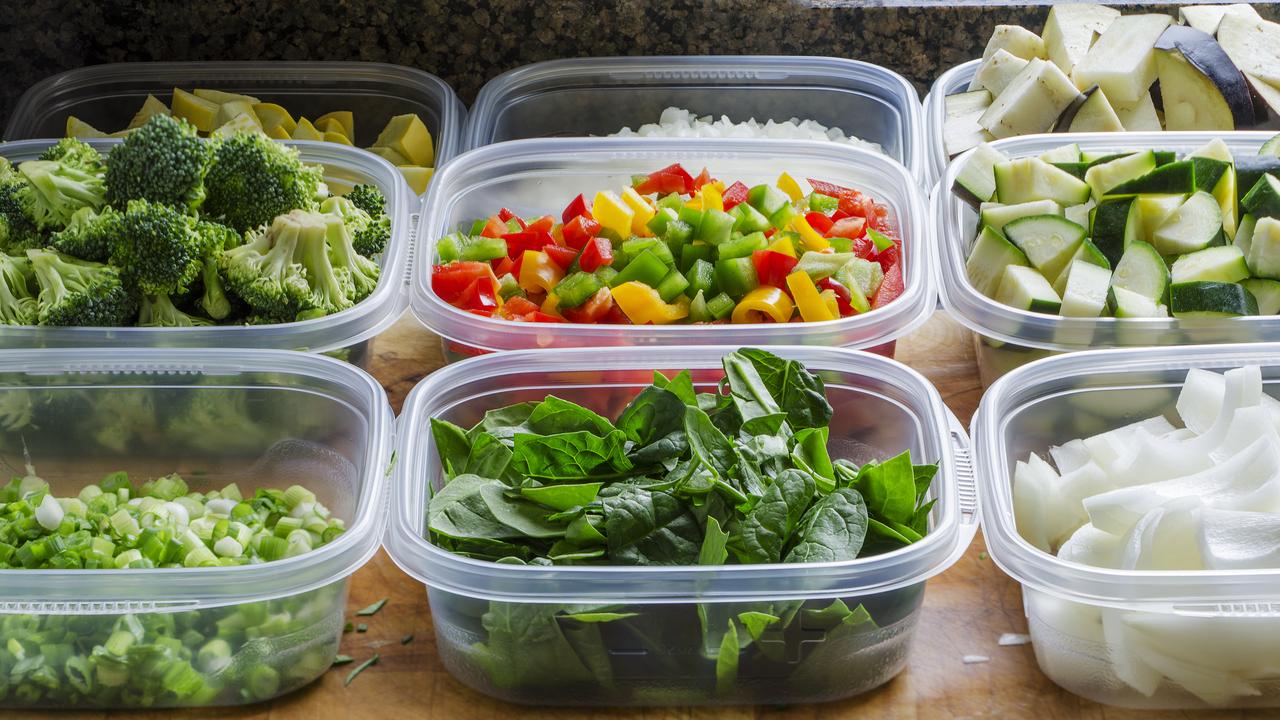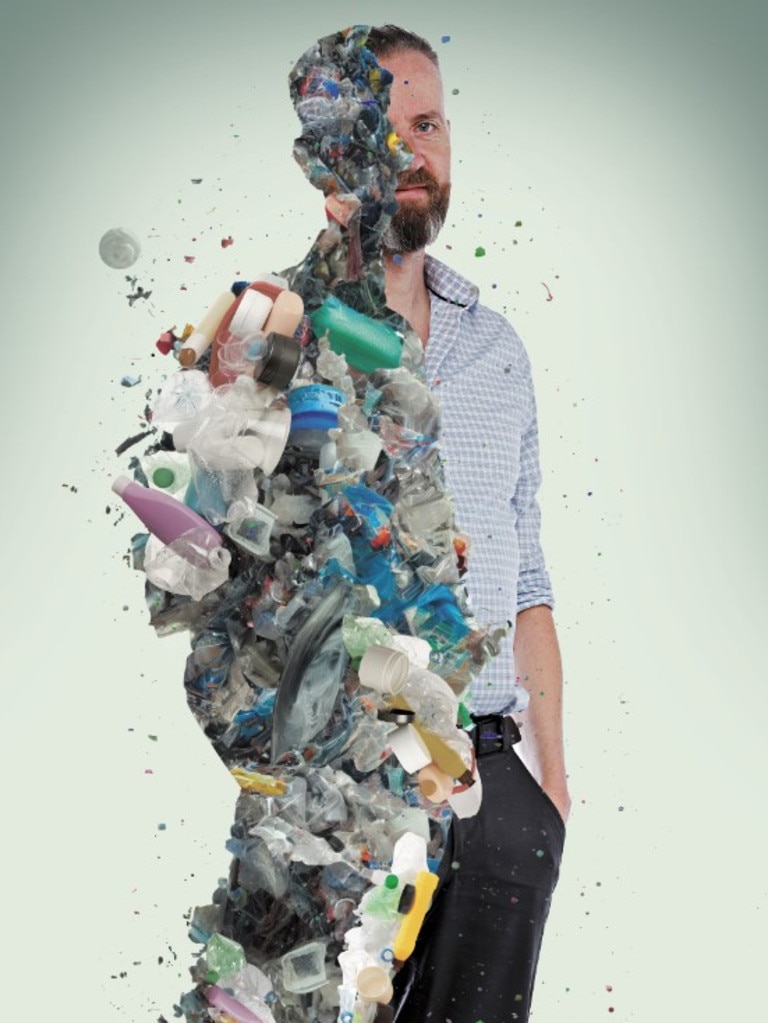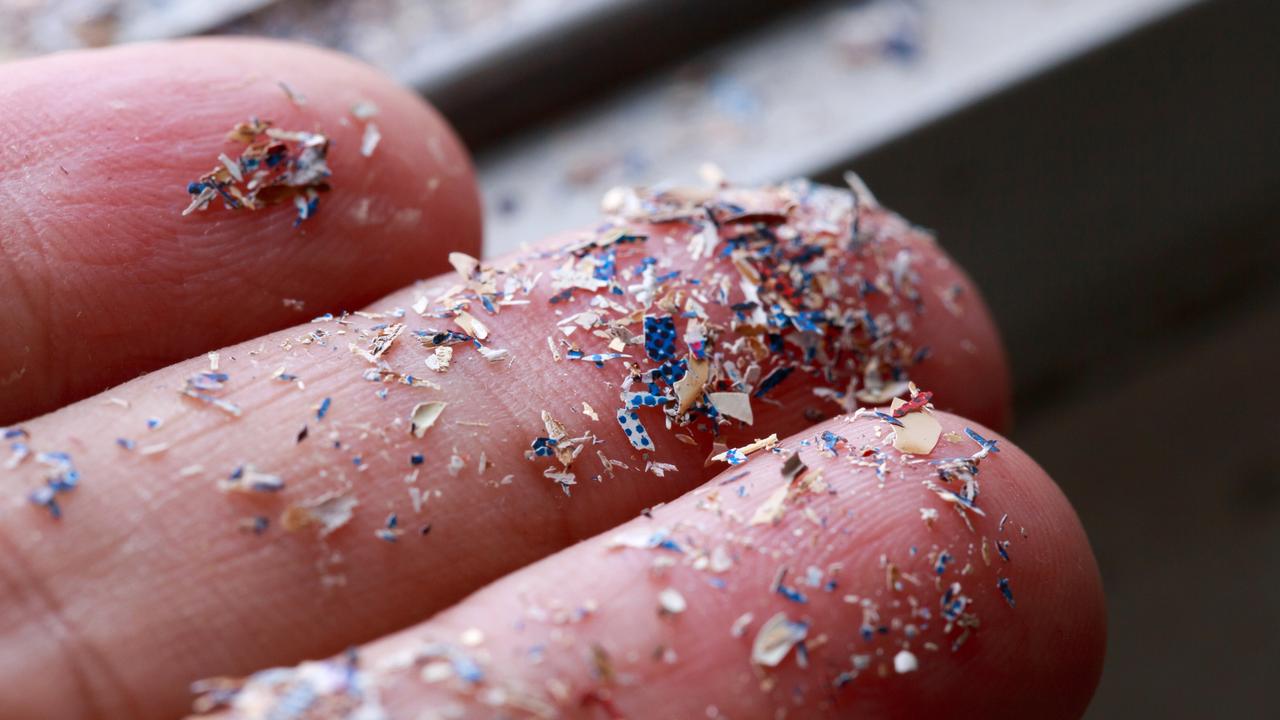Chemicals in plastic found to cause health problems in humans
Plastic seems to be everywhere – and it’s even in our bodies! Scientists have now revealed the five main chemicals used in plastic are bad for human health at every stage of development

READING LEVEL: GREEN
A new study has shown the dangers plastic poses to our health.
The global project by the Minderoo Foundation collected data from dozens of research projects around the world to examine the health effects of five different chemicals commonly found in household plastic: Bisphenols, Phthalates, PBDE, PCBs and PFAS.
It found the chemicals pose health risks at every stage of human development, from unborn baby, through early childhood and on to adulthood, and that exposure to them should be cut back.

The chemicals were linked with higher rates of abnormal development* and conditions such as diabetes, obesity and infertility*, the study published in the Annals of Global Health found.
“This is a red flag for the world,” said Professor Sarah Dunlop from the Minderoo Foundation, which collaborated on the work with research organisation JBI at Adelaide University.
“This research categorically* proves that none of the examined chemicals – which are found in plastic items people use every single day and are known to infiltrate* our bodies – can be considered safe.”

She said industries using plastic have never needed to prove its safety to humans before using it to make things. Instead, it was left to scientists to prove its harm after it had already been used for decades.
“So we’re constantly playing catch-up,” Prof Dunlop said. “It’s a chemical whack-a-mole, if you like.”
The paper comes just a few months before a major conference in Busan, South Korea, where 170 countries (including Australia) will work on a global plastics treaty* – a document that could guide how the world makes and uses plastic.
Minderoo Foundation director Jay Weatherill said the world needed to regulate* plastic in a similar way to other harmful substances.

“There is a comprehensive treaty known as the Minamata Convention which deals with mercury*, so that style of treaty is the thing we have in mind in relation to plastic chemicals,” he said.
Previously, scientists had thought of the chemicals used in plastics as being safe for humans, but the evidence now shows this is not the case.
“As evidence stacks up … some things that we formerly regarded as safe are now unsafe,” he said.
PLASTIC IN OUR BODIES: JOURNALIST DAVID MILLS’ OWN ACCOUNT
We have come to rely on plastic so much in our world that it has become a part of us – literally.
In fact, it turns out those playground taunts* were right, and I am actually quite a plastic person.
After working on this story about the health effects of plastic chemicals, I took a test through an American lab to determine the level of nanoplastic chemicals* in my body.
Result: I have quite a lot.


The Million Marker lab compares individual results to the roughly 3000 Americans who get tested this way each year.
My levels of the plastic nasty known as Bisphenol A (BPA)* were greater than 29 per cent of people tested, and when it comes to its sneaky substitute Bisphenol S (BPS)*, my levels were 0.97 micrograms per gram, a result which is higher than 70 per cent of the population.
Bisphenols are used in things like food containers, packaging, water pipes, shiny receipt paper, and the linings of canned food.

Bisphenols and phthalates* are what’s known as endocrine disrupters, which means they mimic the hormonal signals* that regulate many bodily functions.
They’ve been linked to diabetes, cardiovascular disease, immune disorders* and cancer.
Pediatrician Dr Christos Symeonides, the Foundation’s principal researcher in plastics and human health, said our bodies did a good job of flushing out these toxic substances, but the problem was we are being exposed to them again and again.
While Food Standards Australia New Zealand (FSANZ) has found the level of phthalates and BPA (used in food packaging) to be safe in Australian food, eating and drinking is just one way substances enter our bodies.

Plastics break down and degrade* all the time, reacting with their surroundings and releasing part of themselves in the process.
Dr Symeonides said while we can limit the amount of plastic we use for things like drink bottles, lunch boxes, furnishings and clothes, there needs to be a safer system for controlling which chemicals are used to make plastic.
“Plastics don’t need to have this toxicity,” he said. “We don’t need to be using phthalates. We can be choosing plastics that don’t need as many plasticisers* added to it,” he said.
“This is not about saying we can’t have plastics. We need to be more aware of the health impacts of plastics so can have safer plastics.”
POLL
GLOSSARY
- abnormal development: problems to do with the way the human body develops over time
- infertility: not being able to make babies
- categorically: absolutely, without exemption
- infiltrate: become part of
- treaty: a legally binding, written agreement between different people or countries
- regulate: put laws in place and make sure they are followed
- mercury: a toxic metal that used to be used in some medications and is still used in thermometers, fluorescent lamps and batteries
- taunts: teasing
- nanoplastic chemicals: tiny particles of plastic chemicals that are so small you can’t see them with the naked eye
- Bisphenol A (BPA): a chemical used in the lining of some food and drink packaging
- Bisphenol S (BPS): a chemical sometimes used instead of BPA, that can be used to make hard plastics and synthetic fibres
- phthalates: chemicals that are used to make plastics soft and flexible, to retain scent in perfumes and make cosmetics and lotions stick to our skin
- hormonal signals: the brain triggers the release of hormones in the body, which are natural chemicals, in order to carry messages through your blood to the different parts of your body
- immune disorders: where your body’s immune system, which fights off infection and disease, doesn't work properly
- degrade: break down into tiny pieces
- plasticisers: a chemical added to plastic or rubber to make it softer and more flexible
EXTRA READING
‘Social’ habits harming kids of Oz
Big childhood asthma breakthrough
Finding a cure for peanut allergies
QUICK QUIZ
1. Name two of the five plastic chemicals that were studied?
2. During which stages of development can these chemicals impact our health?
3. Why does Professor Dunlop describe the findings of the study as a “red flag for the world”?
4. What is one health condition linked to the chemicals found in plastic?
5. How many countries are working together on a global plastics treaty?
LISTEN TO THIS STORY
CLASSROOM ACTIVITIES
1. Plastic not so fantastic
Since this concerning study found that these chemicals are harmful to humans at every stage of development, what should we be doing to reduce our risk?
Think of the plastics you may be exposed to on a regular basis (containers you eat out of, storage containers, etc.) and what you could replace them with to reduce the risk of these toxins.
Plastics you are regularly exposed to: What you could replace with:
Time: allow 20 minutes to complete this activity
Curriculum Links: English, Science, Personal and Social, Critical and Creative Thinking
2. Extension
“This research categorically proves that none of the examined chemicals – can be considered safe.”
Does this statement concern you? What is something you might like to change about your or your family’s lifestyle to reduce that risk?
Time: allow 10 minutes to complete this activity
Curriculum Links: English, Science, Personal and Social, Critical and Creative Thinking
VCOP ACTIVITY
BAB it!
Show you have read and understood the article by writing three sentences using the connectives “because’’, “and”, and “but” (BAB). Your sentences can share different facts or opinions, or the same ones but written about in different ways.

